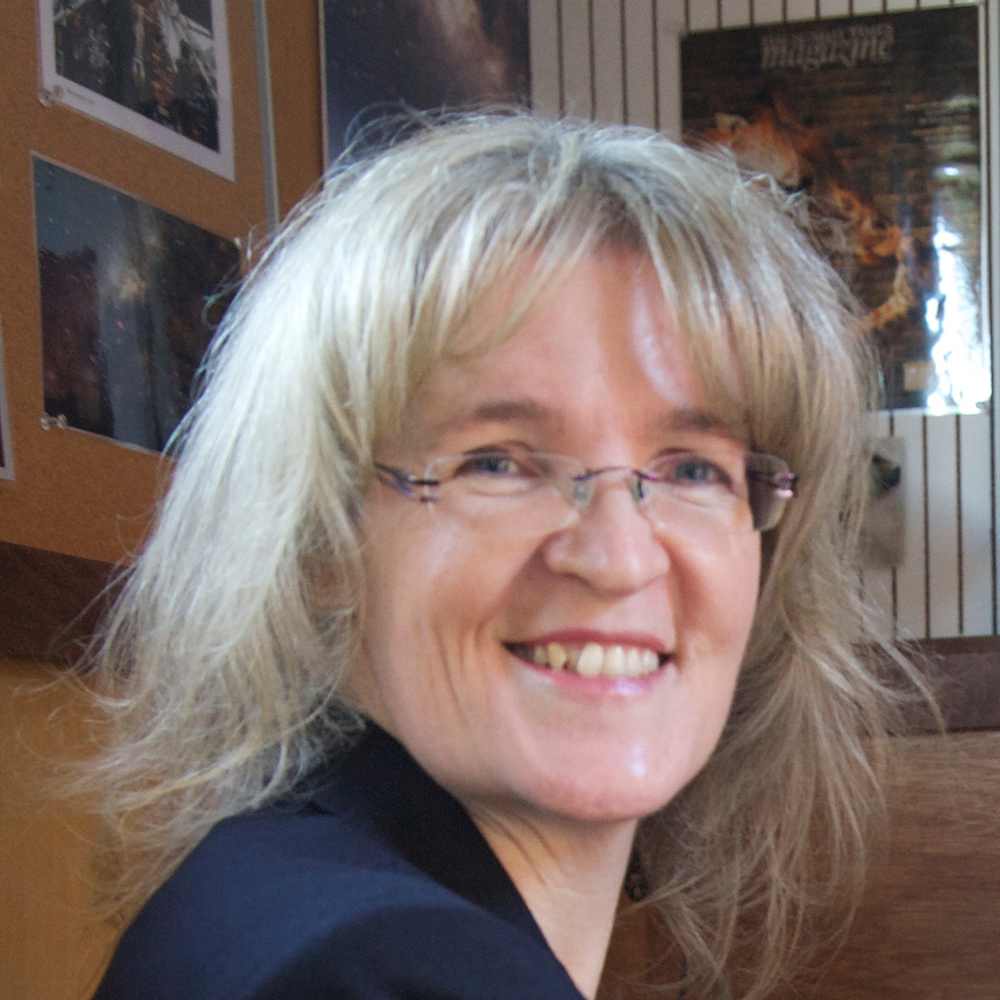The outbreak of coronavirus across the planet has led to a global lockdown, with most of us facing long spells of home isolation either with families or alone. But what are the effects of isolation both physically and psychologically? How can we stay positive, productive and mentally active?
Beth Healey is a British doctor who spent a year at the Concordia Research Station in Antarctica, conducting research for the European Space Agency (ESA) into the effects of isolation and what it might mean for longterm spaceflight.
We spoke to Dr Healey to find out more about her mission, what her research revealed, and her tips for life in isolation.
Where did you spend your year cut off from the rest of the world?
Concordia is one of 3 permanent all-year research facilities in Antarctica. Jointly operated by scientists from France and Italy, it also hosts ESA scientists and is located two miles above sea level at a site called Dome C on the Antarctic Plateau.
The closest inland overwintering stations are Russia’s Vostok Station, (560km) and the USA’s Amundsen-Scott South Pole Station, (1670km), at the Geographic South Pole.
I spent 14 months with a crew of 12: a 50/50 mix of scientists and technical teams of different nationalities and backgrounds.
This included an isolated 9-month overwintering period when we studied with the European Space Agency.
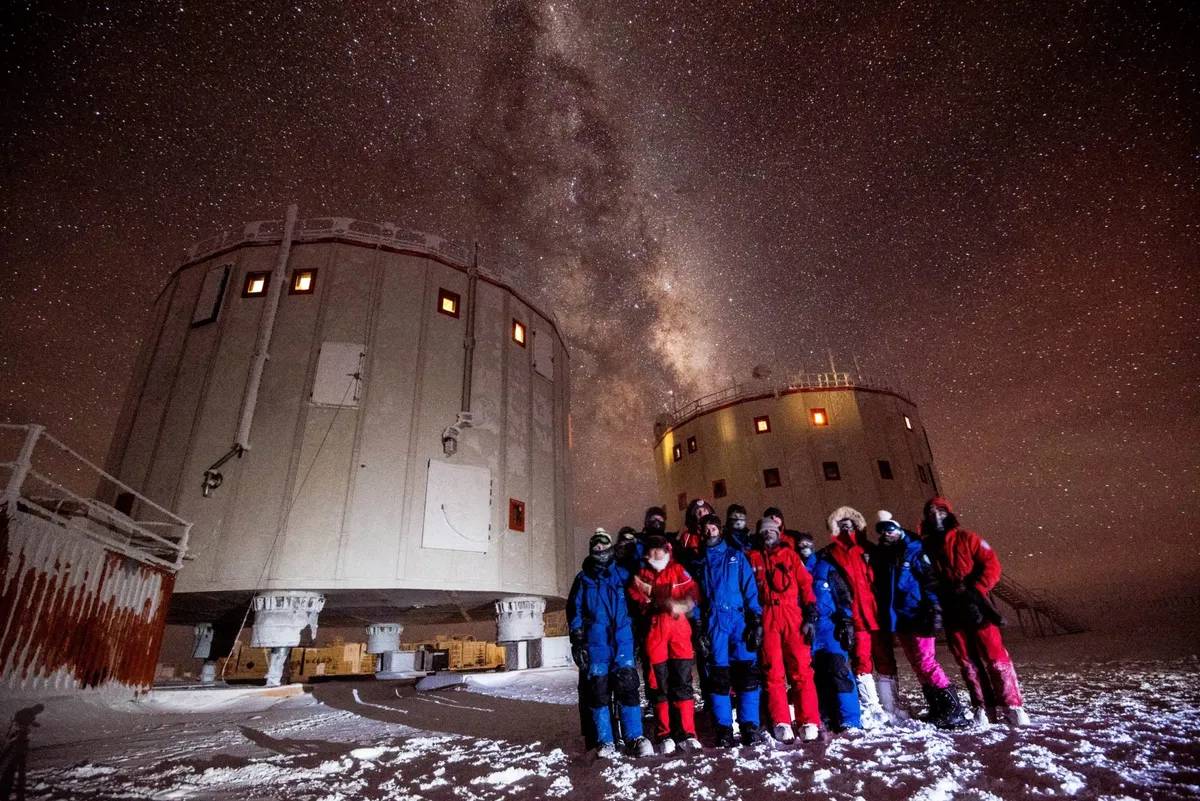
What research were you conducting?
We conducted experiments into changes in blood pressure regulation. Also, since the base is at an altitude equivalent to 4,000m at the equator, the air was very thin and held less oxygen.
So we measured the crew’s blood levels for chronic hypoxia with a view to understanding how lack of oxygen affected behaviour.
We also took hair and saliva samples, studied cortisol levels and picked up lots of bio-chemical markers, which were indicators of stress.
The crew’s sleep/wake cycle was monitored to focus on how isolation affects sleep patterns, especially during the long polar night and its 105 days without sunlight.
Most crew suffered quite significant weight loss as well so, again, we studied this.
Everyone noticed everything. Even a change in what you had for breakfast was the subject of lengthy discussion.
We had a cognition battery for testing risk-taking behaviour, memory testing, and more.
This protocol is already implemented on the ISS whereby astronauts self-test on a regular basis. Any dips in performance are a red flag to Mission Control and may induce further testing.
Our research also impacts on spacecraft design and development: bacteria-colonising and non-colonising materials; a Soyuz spaceflight simulator to assist astronauts to remember how to land the spacecraft on arrival!
The results are being used to introduce countermeasures targeting predictable behavioural changes throughout long-duration missions.
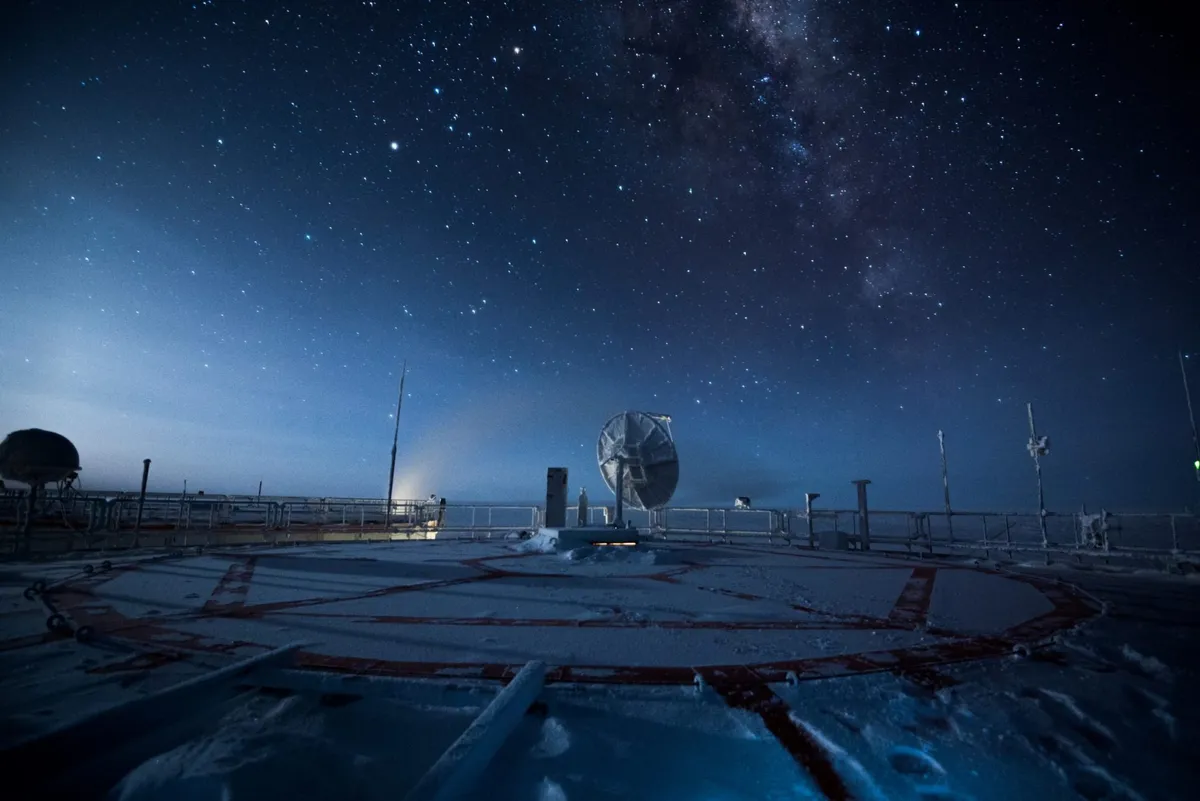
What was it like living in extreme isolation?
After I returned from Antarctica, friends asked if I had been lonely. Actually, it was quite the opposite, it was claustrophobic.
We could not get away from each other, and I found that quite exhausting. You were under constant surveillance.
Everyone noticed everything. Even a change in what you had for breakfast was the subject of lengthy discussion.
Privacy was an issue too, so our living quarters were sacrosanct and we all appreciated and respected boundaries.
For me, personally, the sensory deprivation was certainly something that also affected how I felt, and I recognised it could be a risk factor in causing mood swings and feelings of depression.
During polar winter we endured 105 nights of total darkness, although the views of the Milky Way Galaxy and Aurora Australis were amazing.
As in space, we endured extreme isolation and temperatures averaged -80°C. The closest base, Vostok, was more remote than the International Space Station.
There was little colour, smells or sounds and I missed mud on my shoes. Dry snow was like sugar so your clothes never became wet.
I felt a constant low-level stress; if something went wrong during the long polar winter, there was no rescue. Even on the ISS, orbiting 200 miles up, crew can be rescued. But this wasn’t possible during the months of total darkness.
I felt vulnerable and became acutely aware of my mortality; simple appendicitis could be life-threatening.
This awareness induced ever-present low level stress. We had to be self-sufficient, both medically and otherwise.
I think the lack of animal and plant life was a great disadvantage for everyone. We lost a vital connectivity.
I remember when I first arrived, fresh food supplies arrived too.The chef spotted a stowaway slug on a lettuce leaf. This became his ‘pet’! By the end of my 14-month assignment I had begun to understand why.
There was little colour, smells or sounds and I missed mud on my shoes. The dry snow was like sugar so your clothes never became wet.
This sensory deprivation was a risk factor in causing mood changes and depression.It was important to ensure the sleep/wake cycle remained regulated to maintain physiological balance.
Like space, it was a quarantine environment; super clean with no new bugs. Stress and lack of exposure to microbes lowered immune systems. When new crew joined everyone became sick.
Research shows that for a year post-isolation crew also become hyper sensitive; asthma and allergies were more pronounced.
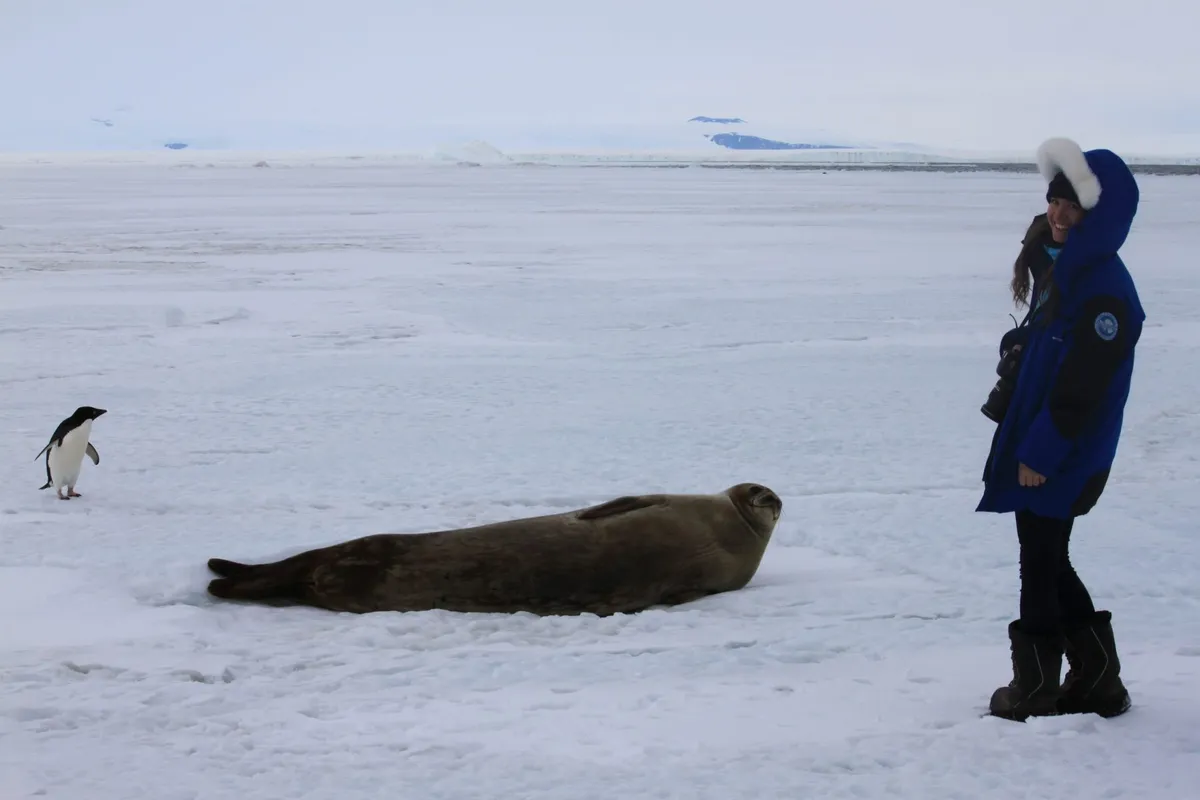
Were there benefits to isolated living?
Yes, it gave me an opportunity to be off life’s treadmill. Everything was less rushed so you became more ‘present’ both with your environment and each other.
I also had time to re-evaluate my life, think about where I was, what I was doing and what I wanted to do in the future.
We always made sure we dined together...anything to provide structure, cohesiveness and promote team spirit.
Pre-mission training at the European Astronaut Centre in Cologne, Germany, and Chamonix, France, helped.
I was better able to understand the effect of my behaviour on others in a confined space and learned to recognise how their behaviour affected me.
If I was upset, my normal response would have been to hibernate and not talk about it, but that would not work at Concordia.
How did you pass the time and keep your mind active?
My time in Antarctica taught me how important it was to keep busy. As a medical doctor, alongside two others, I had clinical responsibilities and was head of the emergency medical rescue team.
But my main role was a 50/50 mix between psychological and physiological research for ESA, which took up a large part of my time. It was also important to keep in touch with home.
We had old dial-up internet; it was often pretty slow so not much internet browsing, but we communicated with family and friends, often by Skype, to avoid homesickness.
Although this was vital, I became aware that sometimes this could be seen as excluding other team members and was frowned upon. I also read, exercised and did yoga.
Once, due to satellite problems, we had two months without internet. This taught us to be more ‘present’ with each other.
We always made sure we dined together and also organised Italian and French themed nights: anything to provide structure, cohesiveness and promote team spirit.
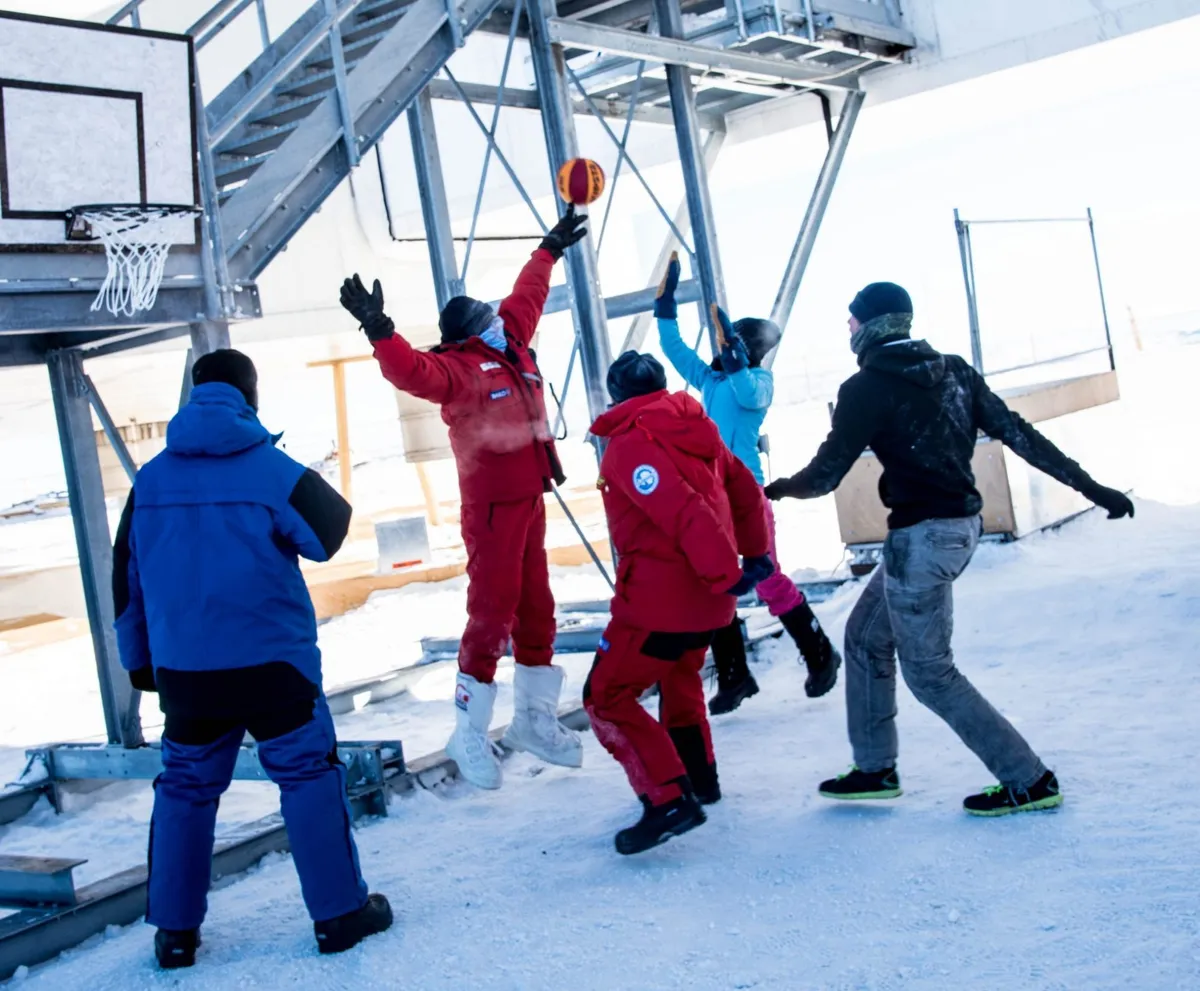
How are you finding the current spell of isolation due to coronavirus?
I am actually keeping busy with my work in A&E, and also giving interviews to help those currently self-isolating!
What tips would you give to people currently self-isolating at home?
Maintain your own personal routine, whatever it is, especially your sleep/wake cycle; don’t stay up really late or lie-in for long periods if this is not your regular routine – disruption will induce biological change and mood swings.
Exercise outside if you can and breathe the cleaner air. When inside, keep your private space, however small, and establish boundaries.
Have others respect your space and likewise respect theirs. It’s a matter of controlling the controllable.
Don’t sweat the small things either; focusing on minor issues can lead to pettiness. Slow down; there is no rush and you will see and hear more.
Satisfy that human need to connect with nature: care for animals, do gardening, keep plants and grow seeds.
Keep communicating with friends and family outside the home, but not exclusively, as this behaviour excludes those immediately around you.
Make an effort to be present; dine together; talk more; keep a calendar of things to do and look forward to doing them.
Plan ahead for future trips so you have a focus when normality is resumed. Read more, even books you think you’re not interested in! Learn something new.
Exercise inside; yoga is good. Vitally, satisfy that human intrinsic need to connect with nature: care for animals, do gardening, keep plants and grow seeds.
Find our more about Beth Healey's year at Concordia via her ESA blog, and get more isolation tips via her Twitter account.
Jane Green is an astronomy communicator, writer and author of the Haynes Astronomy Manual.
